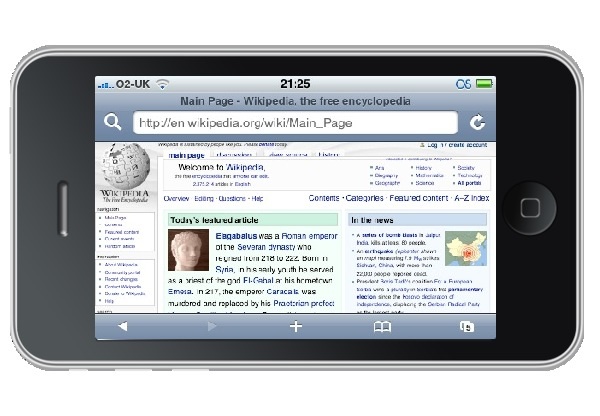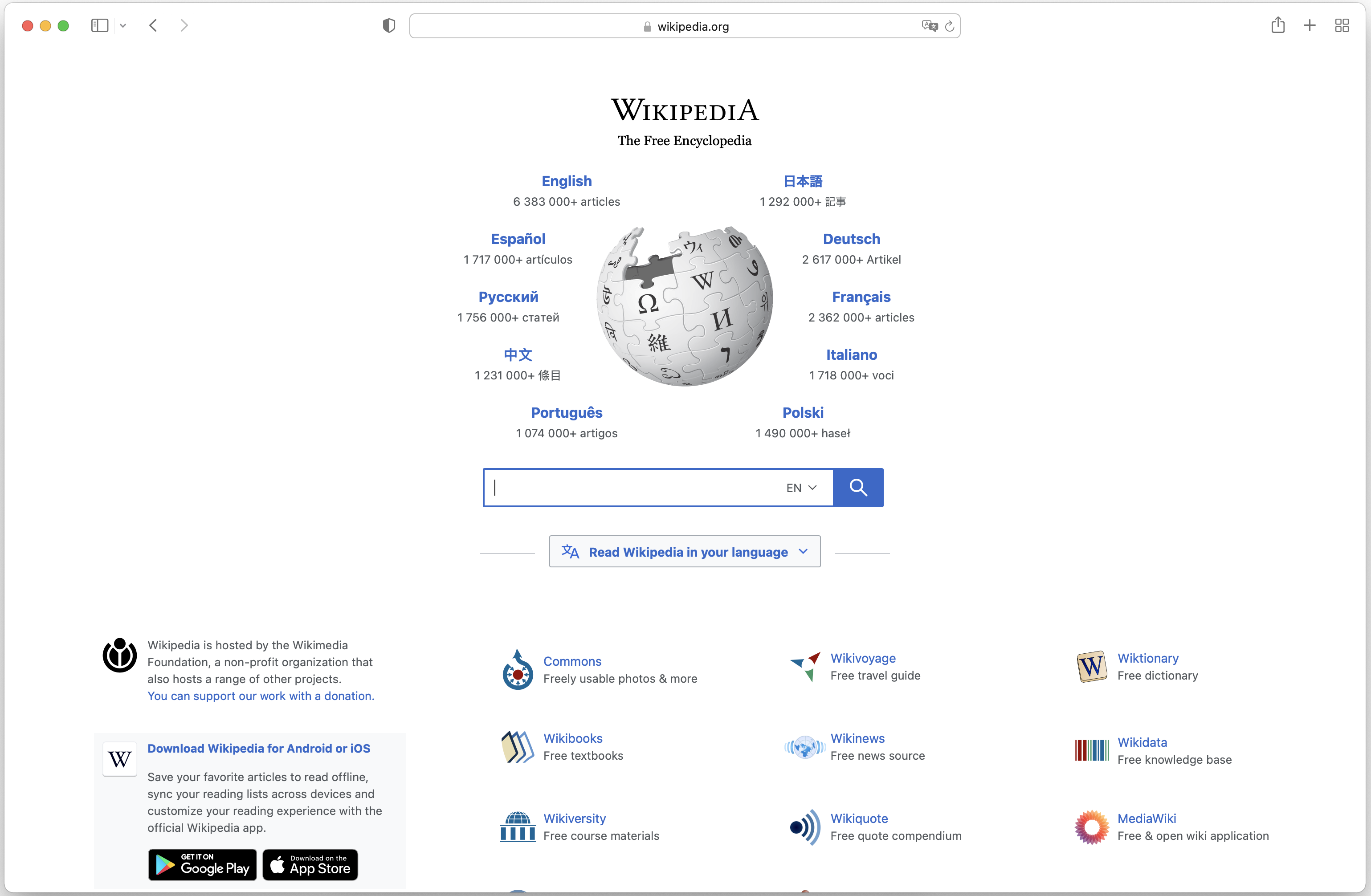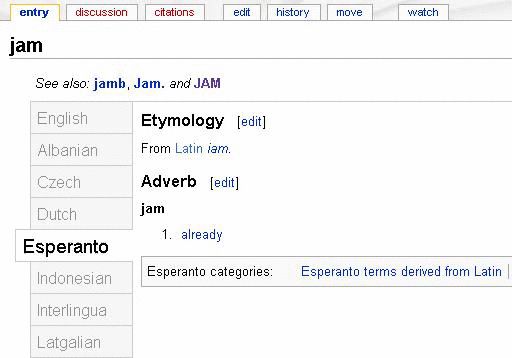|
Opera Coast
Opera Coast is a discontinued web browser developed for iOS devices by Opera Software. The browser was not based on any former product of Opera and was written from scratch. It was also designed for touch while traditional browser buttons and components such as tabs, history, and bookmarks are eliminated and replaced by gestures. History Opera Coast was first released for the iPad on September 9, 2013. An iPhone version followed in April 2014. In February 2016, Opera announced an Android version of the browser, which was ultimately never released. Coast was discontinued and removed from the Apple App Store in August 2017. Security An embedded security mechanism was implemented in Opera Coast which included several security aspects, like certificates, site reputation, URLs, browsing history, and page content, and the user would be warned if any risk is detected. Synchronization Opera Coast was designed to automatically perform synchronization using iCloud iCloud is the ... [...More Info...] [...Related Items...] OR: [Wikipedia] [Google] [Baidu] |
Opera Software
Opera (formerly Opera Software AS) is a Norwegian multinational technology corporation headquartered in Oslo, Norway with additional offices in European Union, Europe, China, and Africa. Opera offers a range of products and services that include a variety of Opera (web browser), PC and mobile web browsers, GameMaker and gaming portals, the Opera News content recommendation products, the Opera Ads platform, and a number of Web3 and e-commerce products and services. The company's total user base is 296 million monthly active users. Opera is now majority owned by the Chinese company Kunlun Tech Co., Ltd. On 27 July 2018, Opera Limited became a public company listed on the NASDAQ Stock Exchange, raising $115 million in its initial public offering. History Early development Opera was founded as an independent company in Norway in 1995 by the Icelandic Jon Stephenson von Tetzchner and Geir Ivarsøy. They had initially begun development of the Opera web browser while both w ... [...More Info...] [...Related Items...] OR: [Wikipedia] [Google] [Baidu] |
Android (operating System)
Android is an operating system based on a modified version of the Linux kernel and other open-source software, open-source software, designed primarily for touchscreen-based mobile devices such as smartphones and tablet computer, tablets. Android has historically been developed by a consortium of developers known as the Open Handset Alliance, but its most widely used version is primarily developed by Google. First released in 2008, Android is the world's Usage share of operating systems, most widely used operating system; the latest version, released on June 10, 2025, is Android 16. At its core, the operating system is known as the Android Open Source Project (AOSP) and is free and open-source software (FOSS) primarily licensed under the Apache License. However, most devices run the proprietary software, proprietary Android version developed by Google, which ships with additional proprietary closed-source software pre-installed, most notably Google Mobile Services (GMS), which ... [...More Info...] [...Related Items...] OR: [Wikipedia] [Google] [Baidu] |
Mobile Browser
A mobile browser is a web browser designed for use on a mobile device such as a mobile phone, PDA, smartphone, or tablet. Mobile browsers are optimized to display web content most effectively on small screens on portable devices. Some mobile browsers, especially older versions, are designed to be small and efficient to accommodate the low memory capacity and low bandwidth of certain wireless handheld devices. Traditional smaller feature phones use stripped-down mobile web browsers; however, most current smartphones have full-fledged browsers that can handle the latest web technologies, such as CSS 3, JavaScript, and Ajax. Websites designed to be usable in mobile browsers may be collectively referred to as the mobile web. Today, over 75% of websites are "mobile friendly", by detecting when a request comes from a mobile device and automatically creating a "mobile" version of the page, designed to fit the device's screen and be usable with a touch interface. Underlying technology ... [...More Info...] [...Related Items...] OR: [Wikipedia] [Google] [Baidu] |
Proprietary Software
Proprietary software is computer software, software that grants its creator, publisher, or other rightsholder or rightsholder partner a legal monopoly by modern copyright and intellectual property law to exclude the recipient from freely sharing the software or modifying it, and—in some cases, as is the case with some patent-encumbered and EULA-bound software—from making use of the software on their own, thereby restricting their freedoms. Proprietary software is a subset of non-free software, a term defined in contrast to free and open-source software; non-commercial licenses such as CC BY-NC are not deemed proprietary, but are non-free. Proprietary software may either be closed-source software or source-available software. Types Origin Until the late 1960s, computers—especially large and expensive mainframe computers, machines in specially air-conditioned computer rooms—were usually leased to customers rather than Sales, sold. Service and all software available ... [...More Info...] [...Related Items...] OR: [Wikipedia] [Google] [Baidu] |
Freeware
Freeware is software, often proprietary, that is distributed at no monetary cost to the end user. There is no agreed-upon set of rights, license, or EULA that defines ''freeware'' unambiguously; every publisher defines its own rules for the freeware it offers. For instance, modification, redistribution by third parties, and reverse engineering are permitted by some publishers but prohibited by others. Unlike with free and open-source software, which are also often distributed free of charge, the source code for freeware is typically not made available. Freeware may be intended to benefit its producer by, for example, encouraging sales of a more capable version, as in the freemium and shareware business models. History The term ''freeware'' was coined in 1982 by Andrew Fluegelman, who wanted to sell PC-Talk, the communications application he had created, outside of commercial distribution channels. Fluegelman distributed the program via the same process as ''shareware''. As s ... [...More Info...] [...Related Items...] OR: [Wikipedia] [Google] [Baidu] |
Open-source License
Open-source licenses are software licenses that allow content to be used, modified, and shared. They facilitate free and open-source software (FOSS) development. Intellectual property (IP) laws restrict the modification and sharing of creative works. Free and open-source licenses use these existing legal structures for an inverse purpose. They Grant (law), grant the recipient the rights to use the software, examine the source code, modify it, and distribute the modifications. These criteria are outlined in the Open Source Definition. After 1980, the United States began to treat software as a literary work covered by copyright law. Richard Stallman founded the free software movement in response to the rise of proprietary software. The term "open source" was used by the Open Source Initiative (OSI), founded by free software developers Bruce Perens and Eric S. Raymond. "Open source" emphasizes the strengths of the Open-source software development, open development model rather tha ... [...More Info...] [...Related Items...] OR: [Wikipedia] [Google] [Baidu] |
Web Browser
A web browser, often shortened to browser, is an application for accessing websites. When a user requests a web page from a particular website, the browser retrieves its files from a web server and then displays the page on the user's screen. Browsers can also display content stored locally on the user's device. Browsers are used on a range of devices, including desktops, laptops, tablets, smartphones, smartwatches and consoles. As of 2024, the most used browsers worldwide are Google Chrome (~66% market share), Safari (~16%), Edge (~6%), Firefox (~3%), Samsung Internet (~2%), and Opera (~2%). As of 2023, an estimated 5.4 billion people had used a browser. Function The purpose of a web browser is to fetch content and display it on the user's device. This process begins when the user inputs a Uniform Resource Locator (URL), such as ''https://en.wikipedia.org/'', into the browser's address bar. Virtually all URLs on the Web start with either ''http:'' or ''h ... [...More Info...] [...Related Items...] OR: [Wikipedia] [Google] [Baidu] |
Tab (GUI)
In interface design, a tab is a graphical user interface object that allows multiple documents or panels to be contained within a single window, using tabs as a navigational widget for switching between sets of documents. It is an interface style most commonly associated with web browsers, web applications, text editors, and preference panels, with window managers and tiling window managers. Tabs are modeled after traditional card tabs inserted in paper files or card indexes (in keeping with the desktop metaphor). They are usually graphically displayed on webpages or apps as they look on paper. Tabs may appear in a horizontal bar or as a vertical list. Horizontal tabs may have multiple rows. In some cases, tabs may be reordered or organized into multiple rows through drag and drop interactions. Implementations may support opening an existing tab in a separate window or range-selecting multiple tabs for moving, closing, or separating them. History The WordVision DOS word ... [...More Info...] [...Related Items...] OR: [Wikipedia] [Google] [Baidu] |
Web Browsing History
Web browsing history refers to the list of web pages a user has visited, as well as associated metadata Metadata (or metainformation) is "data that provides information about other data", but not the content of the data itself, such as the text of a message or the image itself. There are many distinct types of metadata, including: * Descriptive ... such as page title and time of visit. It is usually stored locally by web browsers in order to provide the user with a history list to go back to previously visited pages. It can reflect the user's interests, needs, and browsing habits.Du, Weidman, Zhenyu Cheryl Qian, Paul Parsons, Yingjie Victor Chen. 2018. “Personal Web Library: organizing and visualizing Web browsing history”. ''International Journal of Web Information Systems'' 14(2): 212-232. All major browsers have a private browsing mode in which browsing history is not recorded. This is to protect against browsing history being collected by third parties for targeted ... [...More Info...] [...Related Items...] OR: [Wikipedia] [Google] [Baidu] |
Bookmark (World Wide Web)
In the context of the World Wide Web, a bookmark is a Uniform Resource Identifier (URI) that is stored for later retrieval in any of various storage formats. All modern web browsers include bookmark features. Bookmarks are called favorites or Internet shortcuts in Internet Explorer and Microsoft Edge, and by virtue of that browser's large market share, these terms have been synonymous with ''bookmark'' since the First Browser War. Bookmarks are normally accessed through a menu in the user's web browser, and folders are commonly used for organization. In addition to bookmarking methods within most browsers, many external applications offer bookmarks management. Bookmarks have been incorporated in browsers since the ViolaWWW browser in 1992, and Mosaic browser in 1993. Bookmark lists were called ''Hotlists'' in Mosaic and in previous versions of Opera; this term has faded from common use. Cello, another early browser, also had bookmarking features. With the advent of social b ... [...More Info...] [...Related Items...] OR: [Wikipedia] [Google] [Baidu] |
Gesture Recognition
Gesture recognition is an area of research and development in computer science and language technology concerned with the recognition and interpretation of human gestures. A subdiscipline of computer vision, it employs mathematical algorithms to interpret gestures. Gesture recognition offers a path for computers to begin to better understand and interpret computer processing of body language, human body language, previously not possible through text user interface, text or unenhanced graphical user interfaces (GUIs). Gestures can originate from any bodily motion or state, but commonly originate from the face or hand. One area of the field is emotion recognition derived from facial expressions and hand gestures. Users can make simple gestures to control or interact with devices without physically touching them. Many approaches have been made using cameras and computer vision algorithms to interpret sign language, however, the identification and recognition of posture, gait, pro ... [...More Info...] [...Related Items...] OR: [Wikipedia] [Google] [Baidu] |
Time (magazine)
''Time'' (stylized in all caps as ''TIME'') is an American news magazine based in New York City. It was published Weekly newspaper, weekly for nearly a century. Starting in March 2020, it transitioned to every other week. It was first published in New York City on March 3, 1923, and for many years it was run by its influential co-founder, Henry Luce. A European edition (''Time Europe'', formerly known as ''Time Atlantic'') is published in London and also covers the Middle East, Africa, and, since 2003, Latin America. An Asian edition (''Time Asia'') is based in Hong Kong. The South Pacific edition, which covers Australia, New Zealand, and the Pacific Islands, is based in Sydney. Since 2018, ''Time'' has been owned by Salesforce founder Marc Benioff, who acquired it from Meredith Corporation. Benioff currently publishes the magazine through the company Time USA, LLC. History 20th century ''Time'' has been based in New York City since its first issue published on March 3, 1923 ... [...More Info...] [...Related Items...] OR: [Wikipedia] [Google] [Baidu] |





